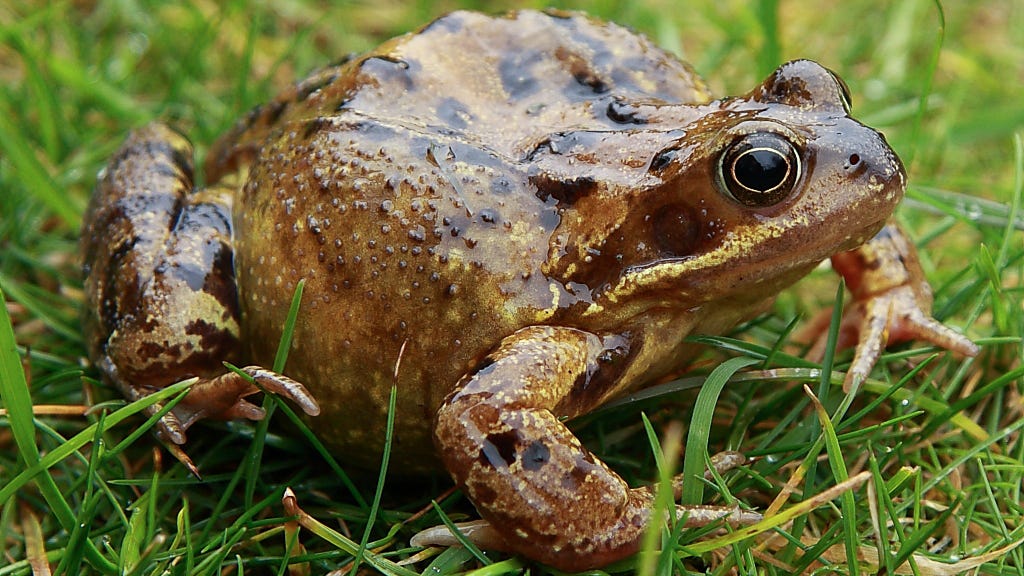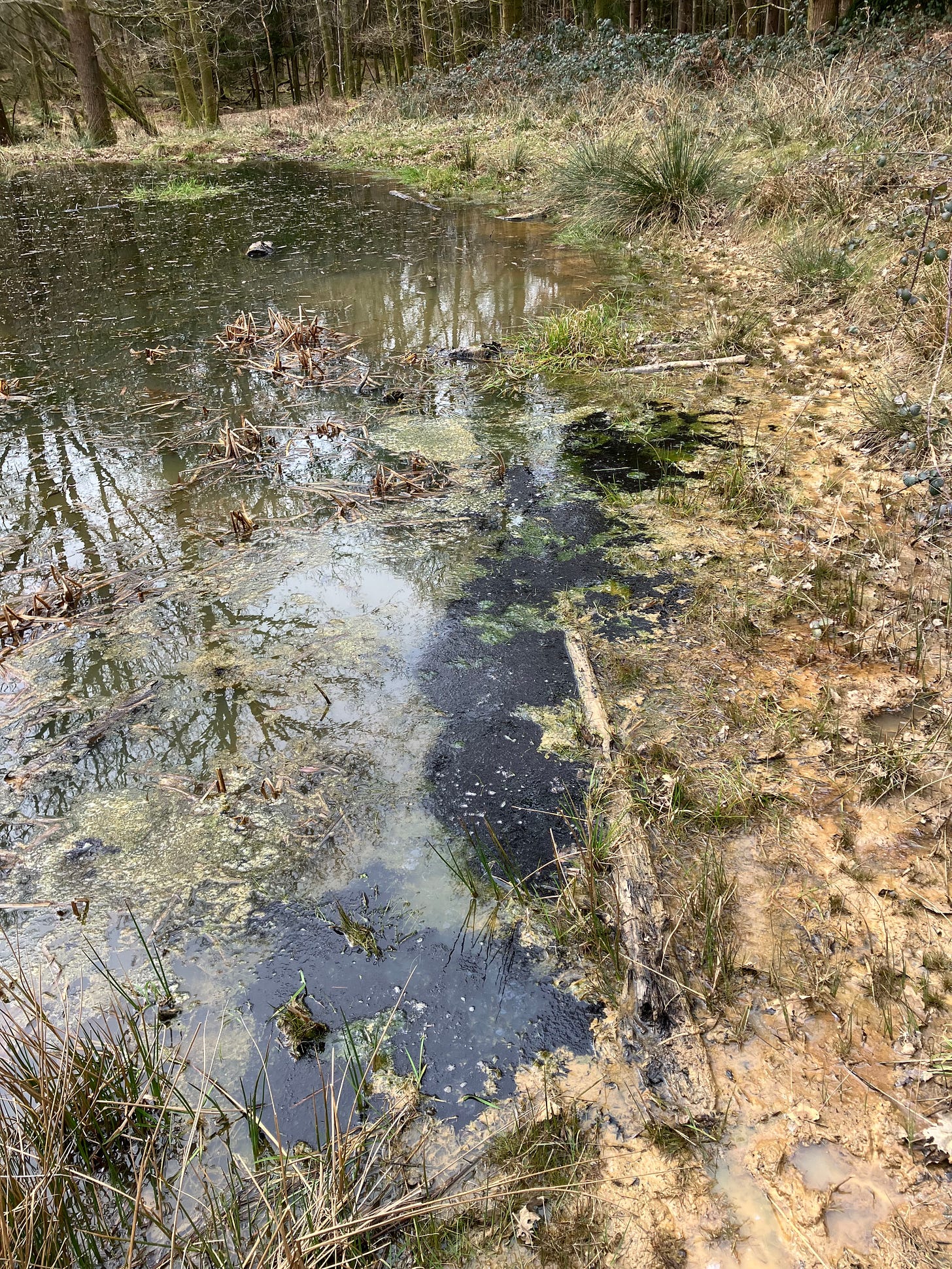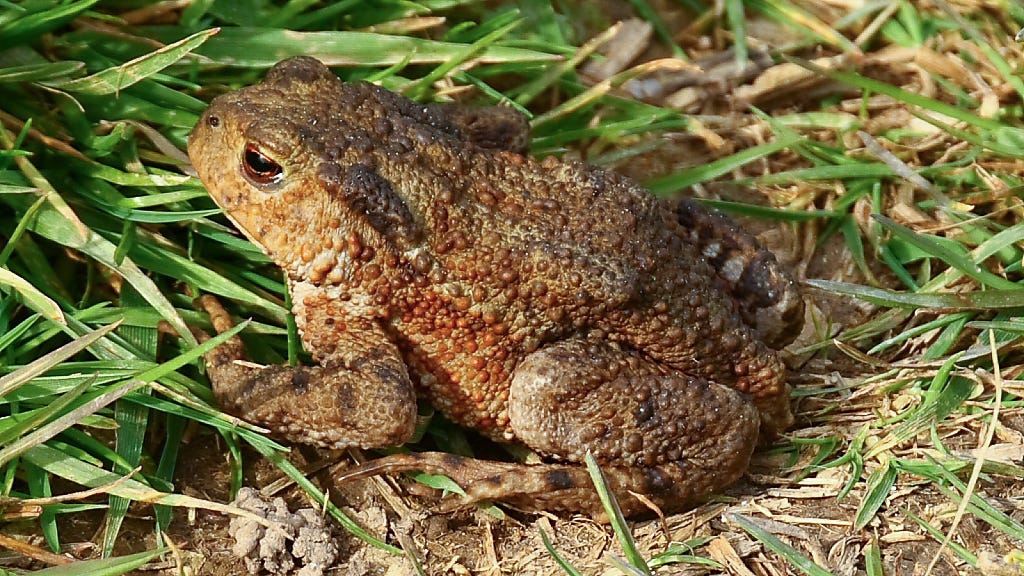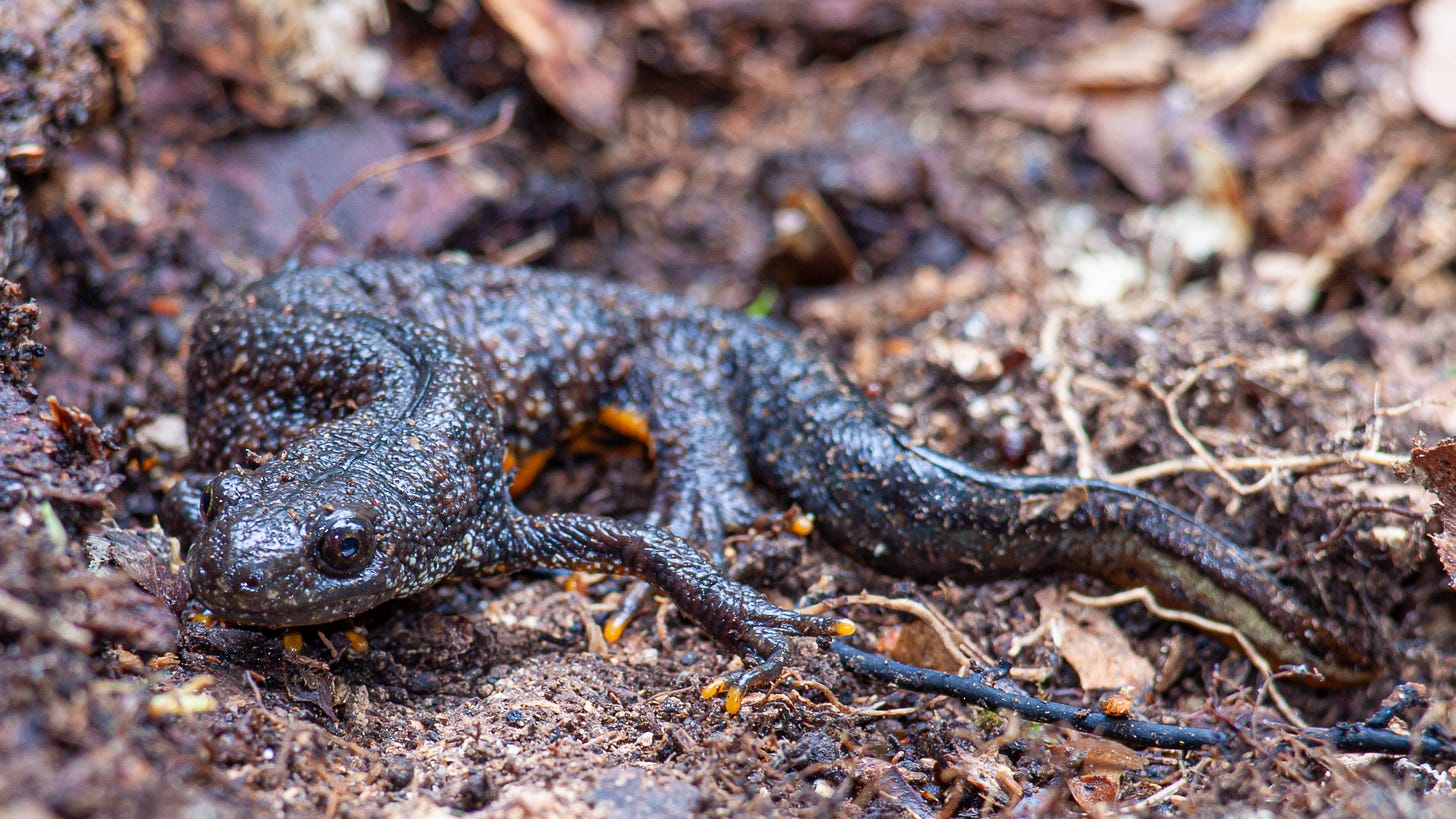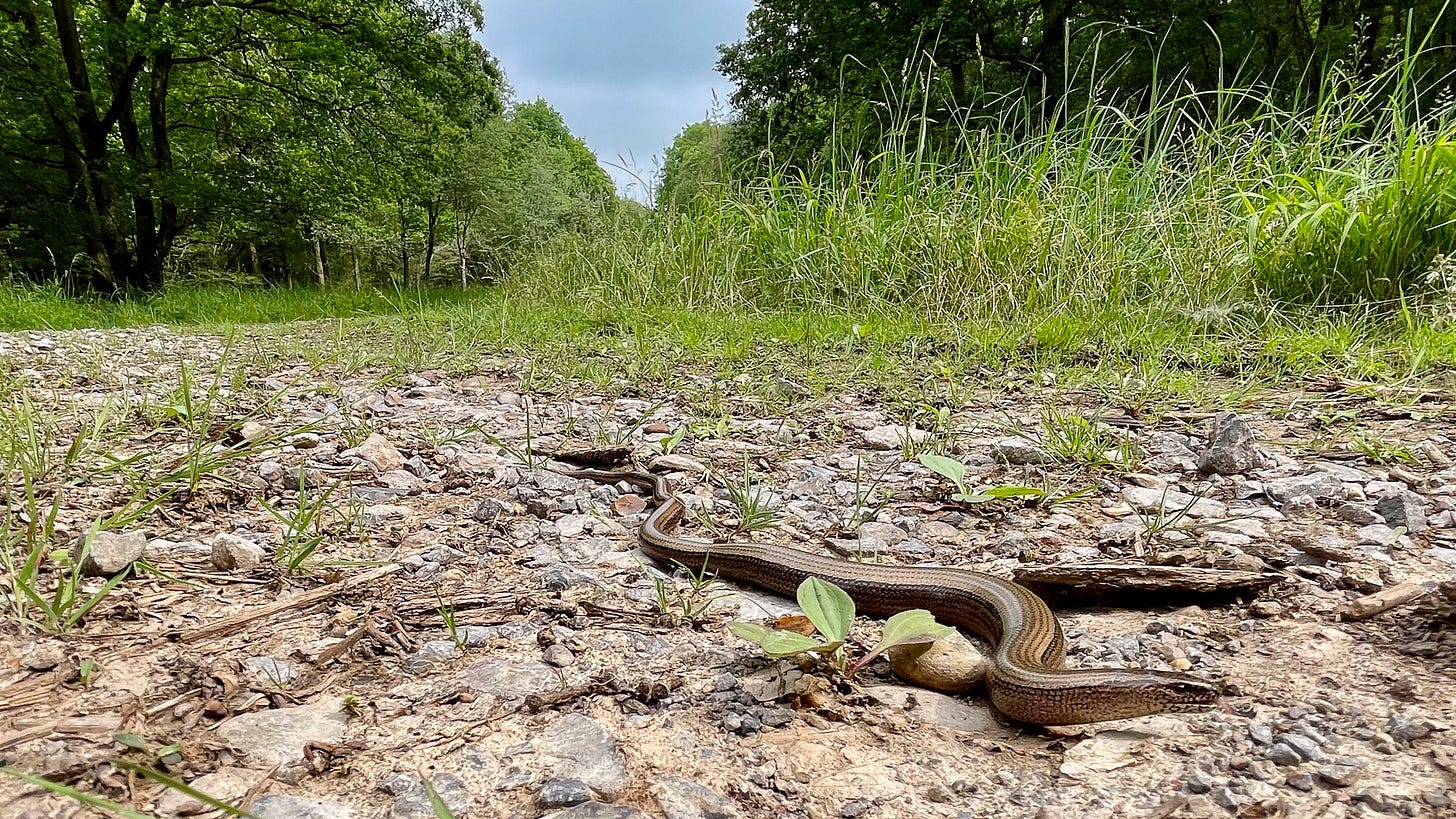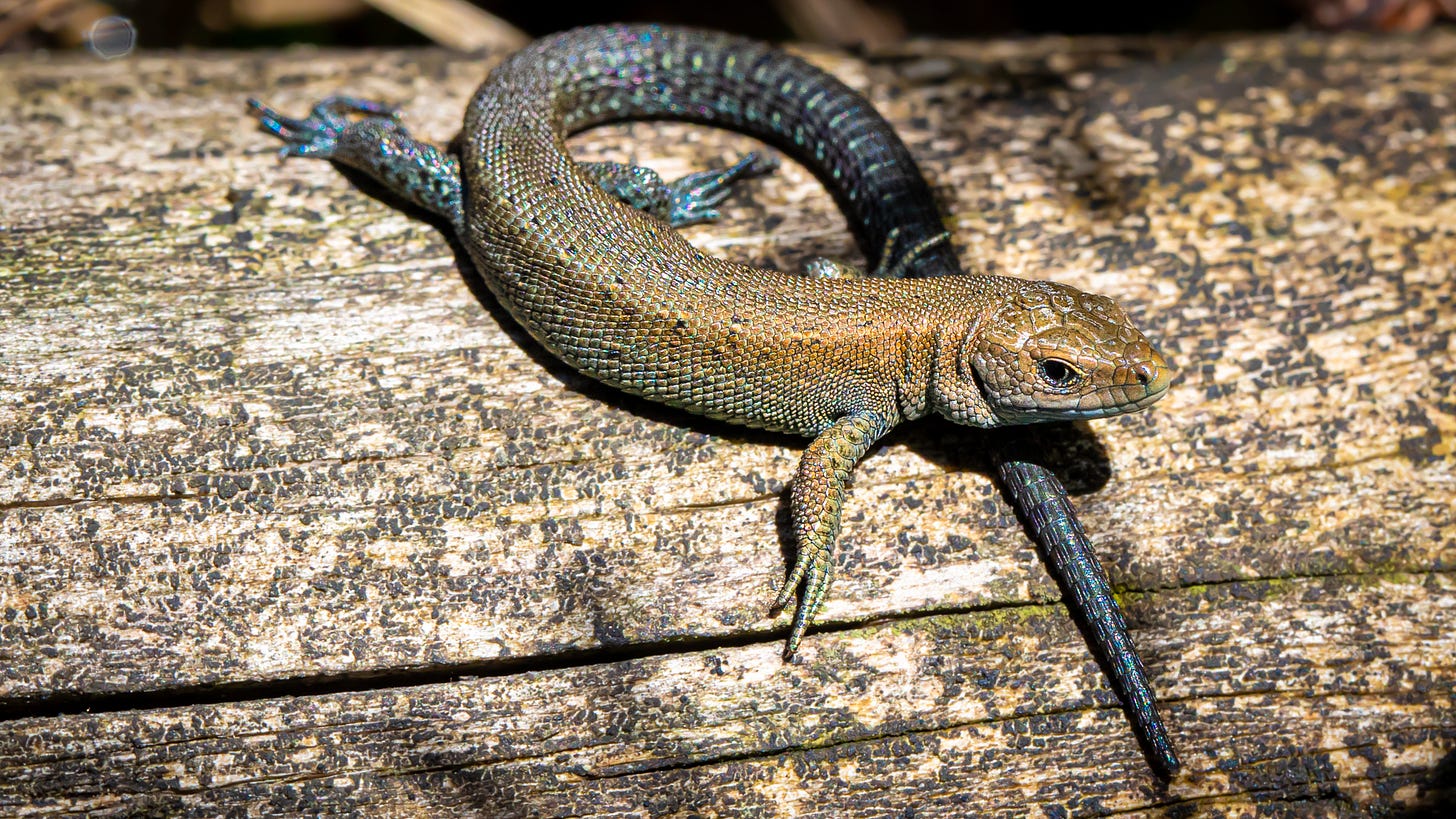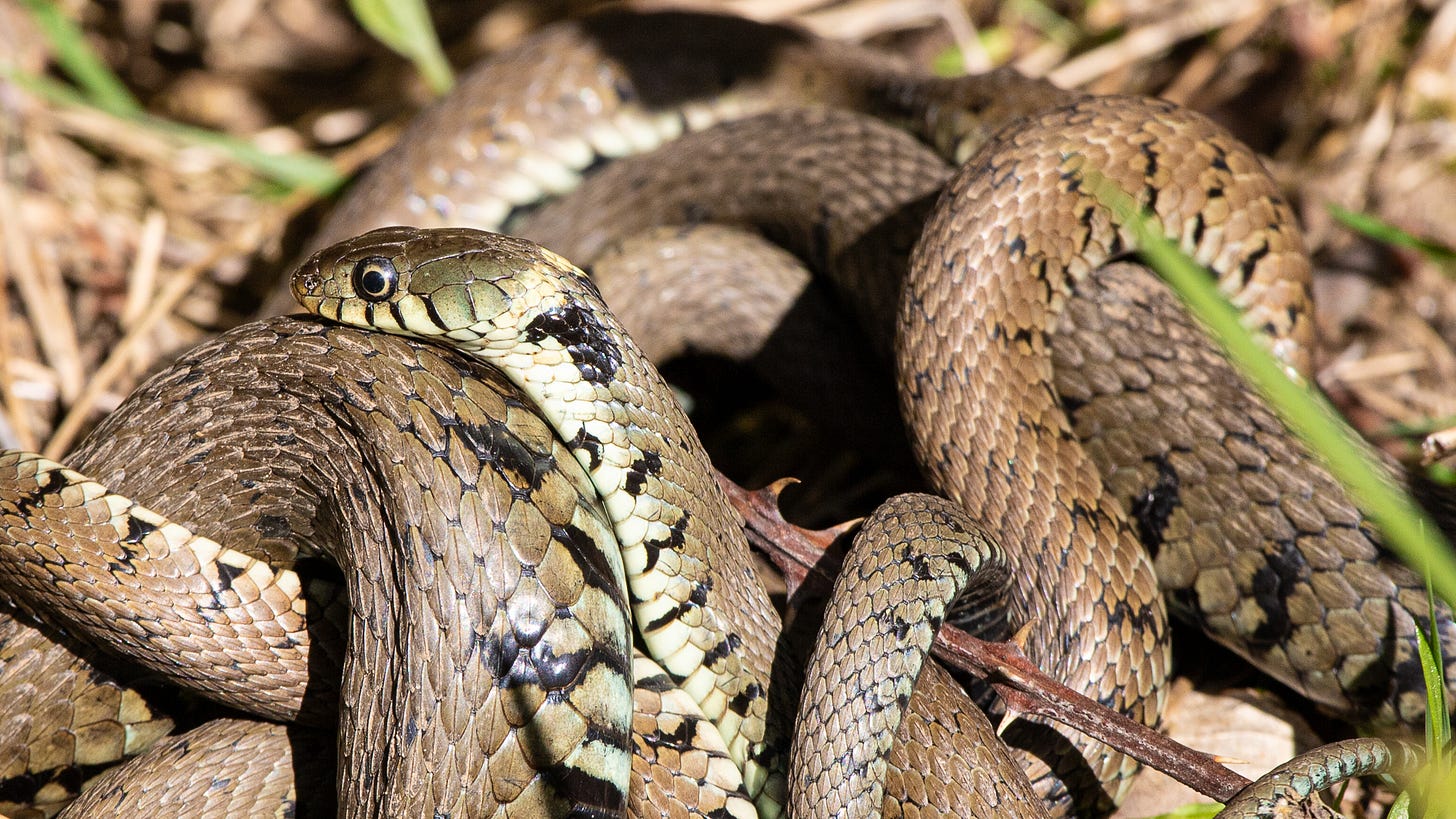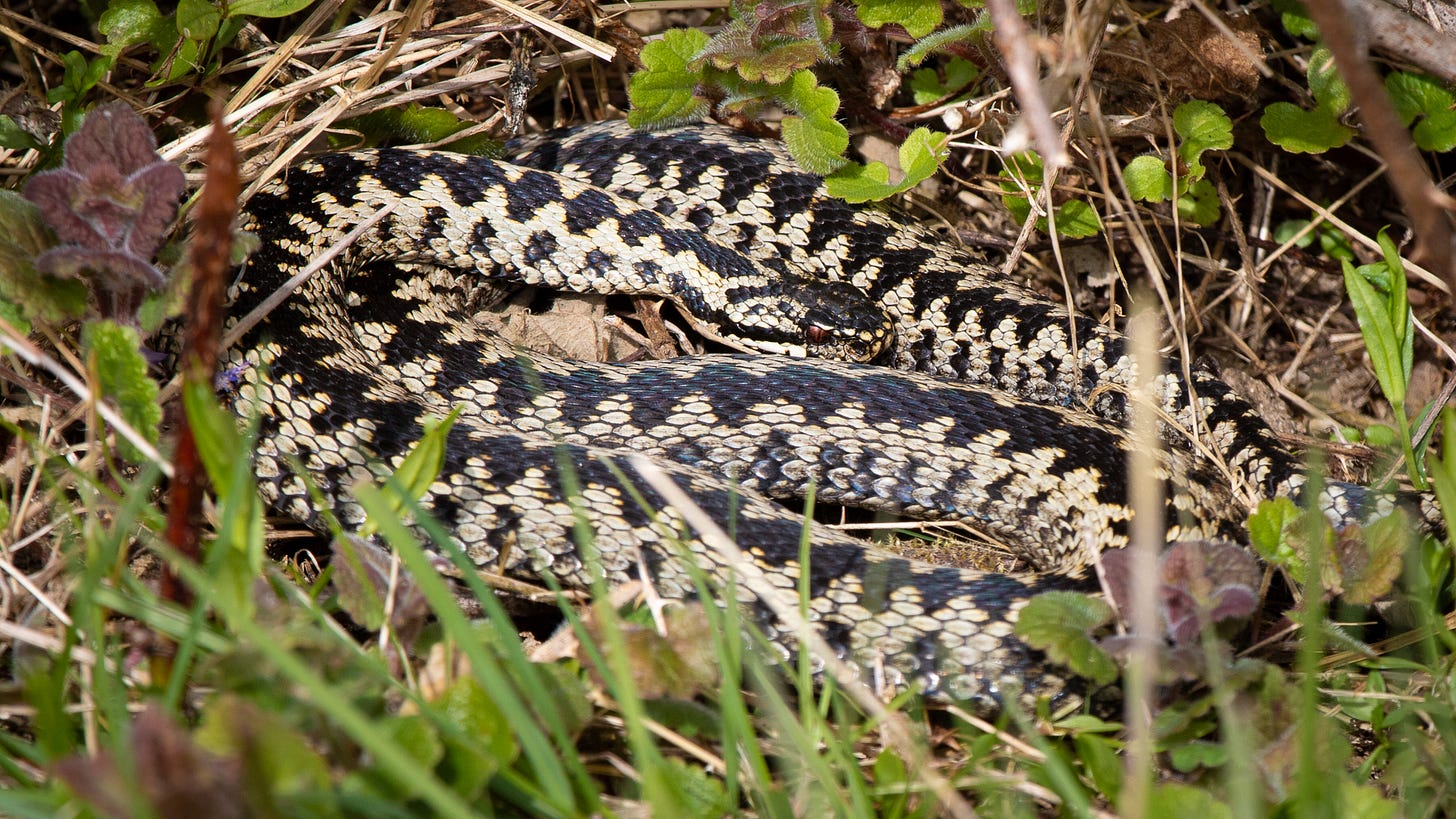Bentley Wood’s ponds are not just an ecological afterthought; they are vital for all sorts of wildlife, including frogs, perhaps our most well-loved reptile, toads, newts and even grass snakes.
Perhaps the most exciting moment in the life of a pond, at least for children, is the spring appearance of tadpoles.
This was the amazing sight of wriggling tadpoles at Rowley Ponds in April:
These tadpoles are lucky, as the Pond has water all the year round. Female frogs can get ‘caught short’ on their way to a pond to spawn and leave frogspawn in a puddle or ditch that is going to dry up. Frog and toads tend to return to their birth pool to spawn, toads in particular travelling long distances, so unreliable ponds which allow the spawn to dry out don’t develop a frog following!
Frogspawn is laid in big clumps in shallow water.
When they first hatch from the egg, frog tadpoles are black and wriggle together in a great mass as in the video and photo above. However as they get a bit older they become mottled brown and spread out, swimming individually. They grow their back legs first.
Toad spawn is different to frog spawn, being laid in strings on vegetation in deeper water.
When toad spawn hatches, the tadpoles are jet black and remain black throughout their tadpole stage. As they get older, the toad tadpoles shoal together.
Newts’ eggs are laid individually on submerged plant leaves. The tadpoles have a frill of gills behind the head, and they grow their front legs first. These tadpoles will turn into the newts that are a very exciting find for our school groups on a pond-dipping trip.
Keep a look out for…
Frogs, toads and newts are not the only reptiles that you might just come across in Bentley Wood’s ponds and surrounds.
We also have slow worms, common lizards and grass snakes in residence.
In winter, they spend their time in a state of hibernation, called brumation. Brumation involves waking up for short periods to feed, if the weather warms a little. But depending on the temperature, they disappear between October and November, to re-emerge in March or April.
Reptiles are cold-blooded, which means that they need a sun-heated log or a warm rock, in a shaded spot if the sun is beating down. You might catch one of them basking on a sunny rock or patch of earth.
So it’s well worthwhile keeping an eye out in Bentley Wood this spring and summer for a…
Slow worm
You could mistake a slow worm for a snake, but it’s actually a legless lizard. It’s smaller than a snake with smooth skin, with a dark, goldeny grey colour. The head and the body are the same width, unlike snakes which have a broader head than their body. Slow worms also have eyelids (which snakes don’t) - you might see one blink if you’re very lucky. A slow worm’s most lizard-like characteristic is that it can shed the tail of their body if threatened.
You might see it crossing a path, slowly.
Common lizard
This is the UK’s most widespread, and common, reptile. It is found on heathland, moorland and grassland, as well as woodland. Adults emerge from hibernation in spring, mate in April and May and give birth to between 3 and 11 young in July. The common lizard is unusual for a reptile - it gives birth to live young instead of laying eggs.
You might see it basking on a sunny rock, path or stone.
Grass snake
The grass snake is our longest snake, and it’s completely harmless to humans.
They are particularly fond of grassland habitat, but enjoy living in moist surroundings such as round a pond. They hunt frogs, fish and small mammals. Grass snakes lay — up to 40 of them in a clutch underneath a warm pile of rotting vegetation. This is why you can sometimes find them in your compost heap. Over winter they hibernate,
They can be spotted basking in the sun near a favourite pond, or even swimming in the water.
The grass snake can sometimes be mistaken for an adder, but there are no adders in Bentley Wood. Compare the photograph of an adder, below, to the grass snake above. Eye colour and patterning are key differences.
With very many thanks to James Fisher for his superb photographs.




